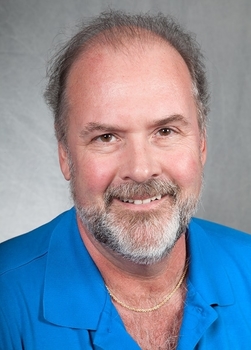Just as many people are unable to listen, really listen, many people look without really seeing. I have always been a keen observer of my surroundings, including people and places. If I have gone to a place once, I know how to get there again. To place it in medical terms, I am oriented times 3, meaning I know who I am, I know where I am, and I know when it is. I have found that, if one looks at one’s surroundings, actually paying attention to what one is looking at, it is usually simple to know something about one’s current environment. Many of my friends say I have an excellent memory for details; the reason for this is that I have paid attention to the details during the time I first saw them. Considerable research in cognitive psychology has demonstrated a strong connection between memory and attention, including the fact that, if one has not paid attention to something in the first place, it is almost impossible for him/her to remember it later. I interacted with someone recently who, although I have met him on numerous occasions, acted as if he had never seen me before. For this inattentive (and somewhat boorish) person, I was a new face because he had never bothered to see me, really see me, in all of the other situations in which we were together. Other people with whom I have shared cab rides in places like Manhattan will never know where they are because they are wasting their time playing with their phones, or taking pictures that are not in focus, or are otherwise distracted, all the while missing the sights there to be seen. I will say, “Did you see the Empire State Building as we sped by?”, only to receive a blank stare, followed by “Where?” Just as with everything else in life, one can look or one can really see what there is to be seen.
As a photographer, I try hard to see what is there to be seen. This can be difficult when one doesn’t know what one is looking for. But, with a little effort, what is there to be seen emerges, on a macro or micro level. I have heard people say, “the Everglades are boring, there’s nothing to see.” But, whether I’m driving on Alligator Alley and observing the sawgrass, cypress trees, birds, or namesake alligators, or walking in a swamp, I know there is much to see. It is a visual hunt to find some things, like the tiny frog I photographed recently holding onto a leaf 200 times larger than it was. I had been looking for frogs, because some were croaking loudly, but only by carefully scanning the vegetation did I find this little guy. There are times in some environments when it is difficult to know where to focus because there are so many stimuli. In that context, seeing what there is to be seen involves filtering out the distracting portions of the scene to focus on what is most important. Again, as a photographer, this often means “zooming in” on specific subjects to photograph what is there. And, there are other considerations related to this see what it to be seen. One involved a scenario where Melissa saw cues between a client and her financial advisor that revealed to her there was more going on than a professional relationship. There were things to be seen, but the client’s attorney had not seen them. Finally, one more context for this concept is personal security. The world can be a dangerous place; looking at one’s surroundings is critically important to being safe. Not too long ago, Melissa and I were walking near a hotel in Jacksonville to see an iconic tree there (the Treaty Oak). The tree is spectacular and we were looking at it as we approached and noticed another couple walking toward us. Behind them was a sketchy looking guy, carrying something in his hand. Because we both took the time to look at what was there to be seen, taking our focus away from what we were there to see, we recognized a dangerous situation developing. The sketchy guy was quickly approaching the couple facing us, and he was focused on them. I saw what was in his hand was a grill lighter, the kind with a “trigger” – and I am positive he was on the prowl to mug them. Melissa noticed this too and we were able to make ourselves visible enough that sketchy guy took a side street. The other couple never heard or saw what was happening. Things were there to be seen, some were cues which had to be interpreted, but by looking and seeing, a bad situation was avoided. This is being situationally aware and it simply means seeing what is there, whether it is beauty or beast.



Comments are closed.